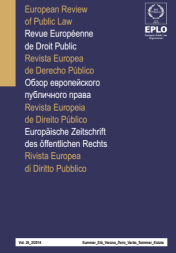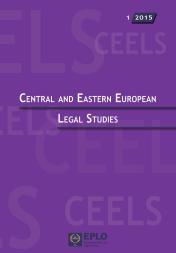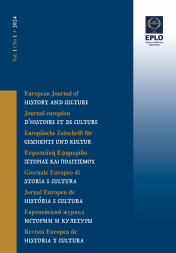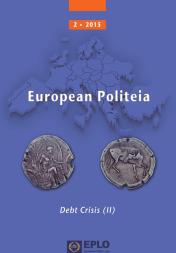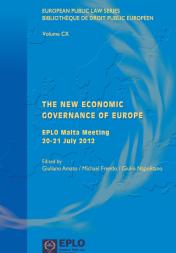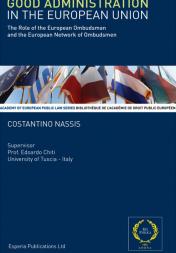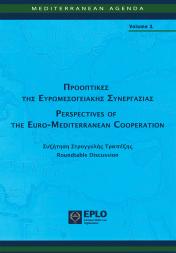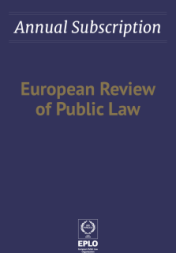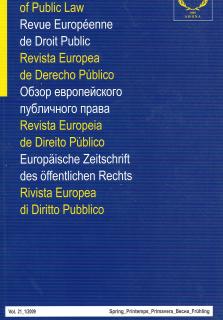
“A Berlin Wall on Water?”
Migration Control:
Developments in the European Union Framework
John O’Dowd
UCD Sutherland Law School
Over the last decade, efficient management of migration flows has been at the heart of the EU’s policy on immigration. Two main aspects have recently come to the fore: strengthening controls at the external frontiers and ensuring the removal from the Member States of those illegally staying on their territory. The way each of these goals has been pursued has raised grave doubts about the impact of the measures on the right to asylum and subsidiary protection. In particular, the phenomenon has re-emerged which was seen in an earlier phase - the Dublin system for assigning responsibility for considering applications for asylum - namely, that the principle of mutual recognition (where it is to the detriment of the migrant) has been adopted well in advance of real harmonisation in practice of the levels of protection and support offered by each Member State. When one considers the political dynamics of EU action in the field of immigration this is unsurprising. In most Member States, both public opinion and political élites perceive the primary “added value” of European co-ordination in this field to be a strengthening in the effectiveness of national policies. The recent European Pact on Immigration and Asylum confirms this.




